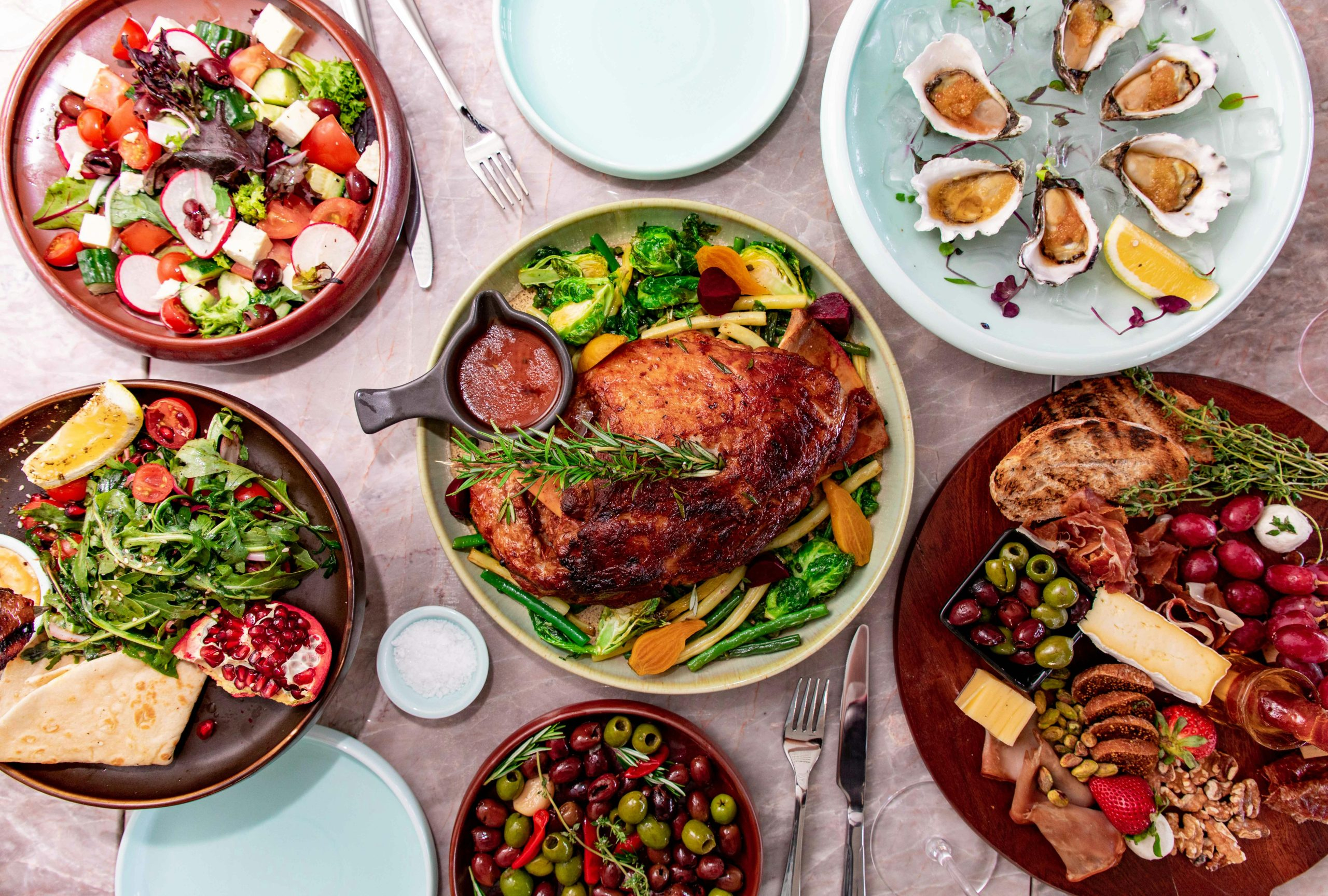Zero-Waste Cooking: Turning Scraps Into Delicious Meals
Welcome to the world of zero-waste cooking! Gone are the days of throwing away leftover food scraps or wilted vegetables. Zero-waste cooking is all about utilizing every part of your ingredients, reducing food waste, and creating delicious meals from what may seem like scraps. Not only is it environmentally friendly, but it also challenges us to be more creative in the kitchen, making the most of what we have. In this article, we will explore the concept of zero-waste cooking and provide some tips and tricks for turning scraps into mouth-watering meals.
The Concept of Zero-Waste Cooking
Zero-waste cooking is a movement that aims to reduce food waste by utilizing all parts of an ingredient, from root to stem. According to the USDA, food waste accounts for approximately 30-40% of the food supply in the United States. This means that almost half of the food produced in the US goes to waste, leading to higher greenhouse gas emissions, water usage, and overall environmental damage. By practicing zero-waste cooking, we can make a positive impact on the environment while also saving money on groceries.
Why Should You Practice Zero-Waste Cooking?
Aside from the environmental benefits, zero-waste cooking also has many other advantages. It forces us to be mindful of our food choices and encourages us to be creative with our ingredients. By using up what we have, we also save money on groceries, which is especially beneficial during times of economic uncertainty. And let’s not forget the satisfaction of turning something that would have been tossed in the garbage into a delicious meal.
From Scraps to Delicious Meals
1. Save Your Vegetable Scraps for Stock
Whenever you are preparing vegetables, save the scraps such as onion skins, carrot tops, and celery ends. These scraps can be used to make a flavorful vegetable broth that you can use as a base for soups, stews, or risottos. Simply store them in an airtight container in the freezer until you have enough to make a batch of homemade stock.
2. Get Creative with Fruit Peels
Many fruits, such as apples, citrus, and pineapples, have edible peels that often end up in the trash. Instead of tossing them, try turning them into tasty snacks or garnishes. For example, apple peels can be sprinkled with cinnamon and sugar and baked to make crispy apple chips. Citrus peels can be candied and used to top cakes or cupcakes. The possibilities are endless, so get creative with your fruit peels.
3. Transform Bread into Croutons or Breadcrumbs
Stale bread is often thrown away, but it can be easily turned into delicious croutons or breadcrumbs. Cut the bread into small cubes, toss them with some olive oil, and bake until crispy. You can also blitz them in a food processor to make breadcrumbs, which can be used for coating meats or in recipes that call for breadcrumbs.
4. Utilize Leftover Rice for Fried Rice
We all know how easy it is to make too much rice for a meal. Instead of throwing it away, turn it into a tasty fried rice dish. Simply sauté some vegetables, add in the leftover rice, and season with soy sauce and any other desired seasonings. This is a great way to use up leftover rice and add some variety to your meals.
Conclusion
Zero-waste cooking is not only about reducing food waste, but it also challenges us to be more creative and mindful in the kitchen. By utilizing all parts of our ingredients, we can save money, reduce our environmental impact, and create delicious meals. So next time you find yourself about to throw away vegetable scraps or stale bread, think about how you can repurpose them into something tasty and enjoy the satisfaction of practicing zero-waste cooking.










